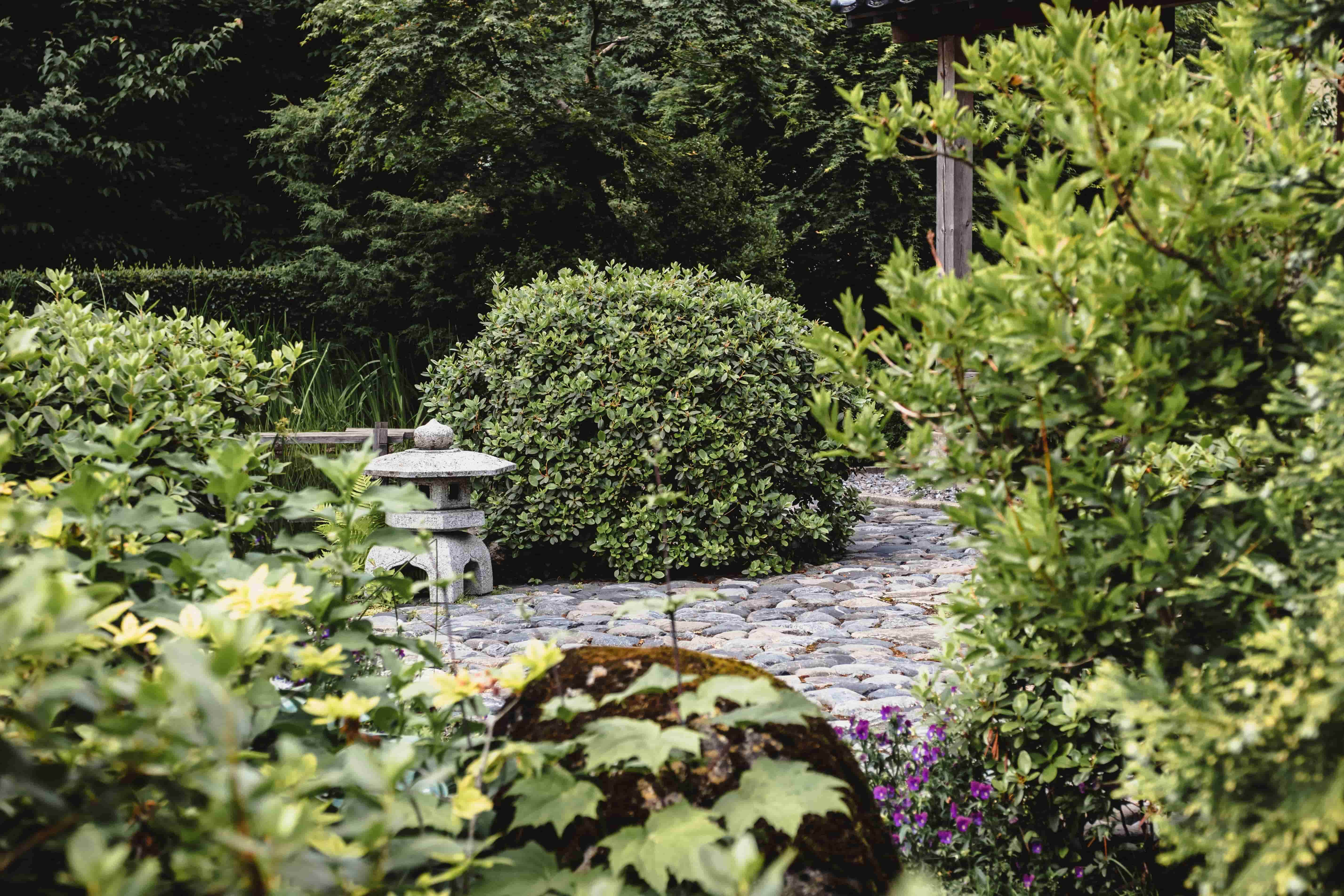The Art of Timing: When is the Best Time to Trim Your Bushes?
Posted by Woodland Tools Co. on 6th Feb 2024
Have you ever found yourself gazing out at your garden, shears in hand, wondering, "Is now the right time to give these bushes a trim?" It's a common predicament for garden enthusiasts and homeowners alike. Pruning isn't just about keeping your garden tidy; it's about encouraging healthy growth and blooming. However, the timing of this task is not always clear-cut. In this article, we'll delve into the best times to trim your bushes, ensuring your garden remains a lush, vibrant sanctuary, and explore the essential manual tools needed for the job.
Understanding the Life Cycle of Your Bushes
First and foremost, it's crucial to recognize that not all bushes are the same. Broadly speaking, bushes fall into two categories: flowering and non-flowering. Each type has its own ideal pruning time:
- Flowering Bushes: These should be trimmed right after their blooming cycle. Pruning too early can remove buds, leading to a lackluster flowering season.
- Non-Flowering Bushes: These are best trimmed in late winter or early spring. This timing encourages new growth as the weather warms up.
Seasonal Guide to Bush Trimming
Let's break it down season by season:
- Winter (Late-Winter to Early-Spring):
- Ideal for non-flowering bushes.
- Prune when the bush is dormant, and the leaves are off, allowing you to see the structure clearly.
- Avoid trimming during freezing temperatures to prevent damage to the plant.
- Spring:
- Post-bloom pruning for early spring flowering bushes.
- A great time to shape your bushes before the growth spurt of summer.
- Summer:
- Mid to late summer is good for trimming spring-flowering bushes.
- Can be used for light pruning and shaping, especially for bushes that bloom on new wood.
- Autumn:
- Generally, not the best time for pruning as new growth might not withstand the winter.
- If necessary, do light trimming but avoid stimulating too much new growth.
Essential Manual Tools for Trimming Bushes
For effective and safe bush trimming, you need the right tools. Here's a list of the essential manual tools:
- Pruning Shears: Ideal for small branches and ideal for most basic trimming tasks.
- Loppers: These are like giant shears and are perfect for thicker branches, providing more leverage.
- Hedge Shears: Best for shaping and shearing softer or leafier bushes to maintain an even appearance.
- Pruning Saw: Essential for cutting through thicker branches that shears and loppers can't handle.
- Hand Gloves: Protect your hands from thorns and splinters.
- Safety Glasses: Protect your eyes from flying debris.
Practical Trimming Tips
- Safety First: Always wear gloves and use sharp, clean tools.
- Shape and Size: Consider the natural shape of the bush. Avoid over-trimming as this can stress the plant.
- Thinning Out: Remove any dead, diseased, or crossing branches to improve air circulation.
- Height and Density: Keep the bottom of the bush wider than the top to allow sunlight to reach the lower branches.
The Benefits of Timely Trimming
- Encourages Healthy Growth: Regular pruning prevents overgrowth and promotes healthier, denser foliage.
- Enhances Flowering: Proper timing can lead to more abundant and vibrant blooms in flowering bushes.
- Prevents Disease: Removing dead or diseased branches helps prevent the spread of plant diseases.
A Trim in Time Saves Nine
Timing your bush trimming correctly can seem daunting, but with these guidelines and the right tools, you're well-equipped to keep your garden thriving. Remember, each bush has its own needs, and respecting their natural growth cycles will lead to a healthier, more beautiful garden. So, next time you’re ready to prune, consider the season, the bush's type, the growth patterns, and equip yourself with the right manual tools. Happy trimming!
This article is designed to be a helpful guide for gardening enthusiasts. Always consider the specific needs of your plants and consult a local gardening expert if in doubt.


